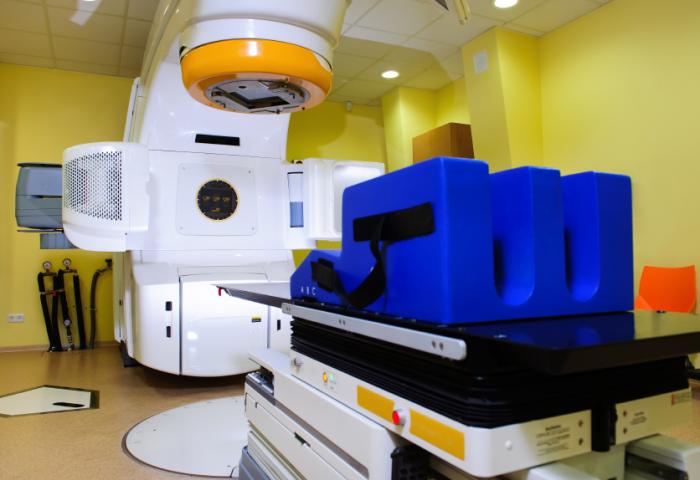
Proton therapy for cancer just as effective and safer than standard radiotherapy
"Our results indicate that proton therapy maintains excellent cure rates in pediatric medulloblastoma while reducing long-term side effects, particularly in hearing and neurocognitive function, and eliminating cardiac, pulmonary, gastrointestinal and reproductive effects."
Medulloblastoma is a fast-growing brain tumor that occurs mostly in children and accounts for 18% of childhood brain tumors. It develops in the cerebellum at the base of the brain.
In most cases, medulloblastoma can be treated successfully with a combination of surgery, chemotherapy and radiotherapy, but because of its position in the brain, the treatment often results in long-term side effects.
Less collateral damage to healthy tissue
The aim of radiotherapy is to kill all malignant cells to eliminate the tumor and stop it growing back. While conventional photon radiotherapy based on X-rays can do this, there is a high risk of collateral damage because the beam - although it is directed at the tumor - also delivers radiation to tissue in front and behind it.
Such damage may not make a big difference if there is plenty of surrounding tissue whose loss does not impair function. But in the brain - particularly in the brain of a child - every tiny bit of healthy tissue counts and any loss is more likely to impair important functions.
Proton therapy - also known as proton beam therapy - uses a proton beam, with which it is possible to more precisely confine radiation to the tumor. The result is a much smaller chance of killing healthy surrounding tissue.
The following video from IBA - a company that manufactures medical devices for cancer treatment - explains how proton beam therapy works:

Leave your comment
Your Comment:
Note: HTML is not translated!
Enter the code in the box below: